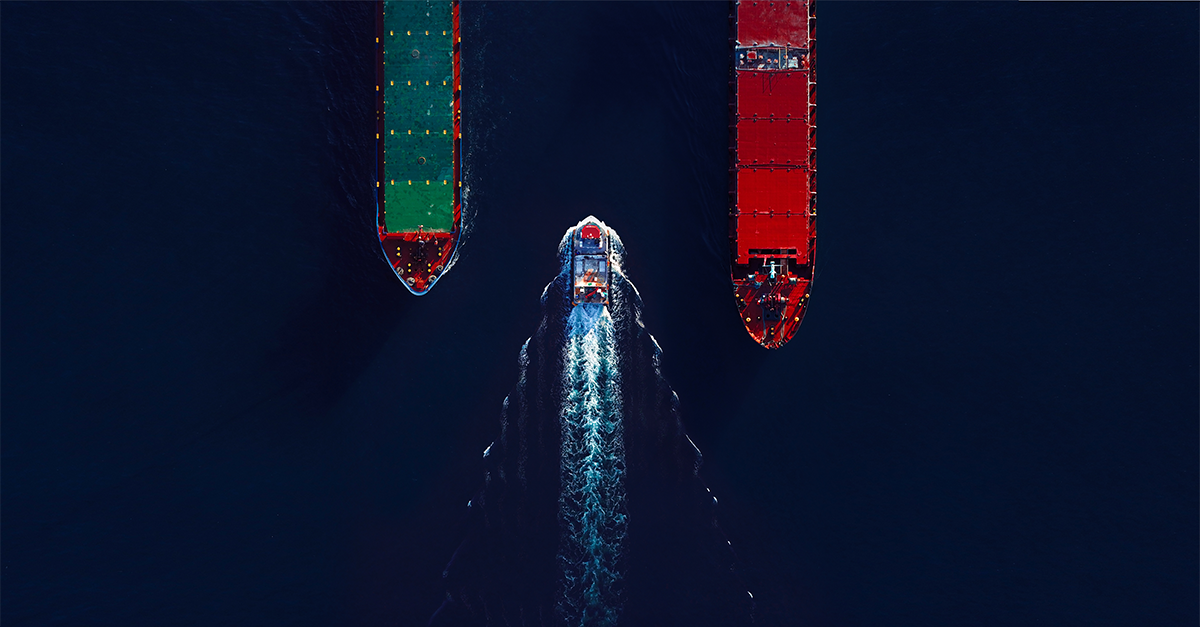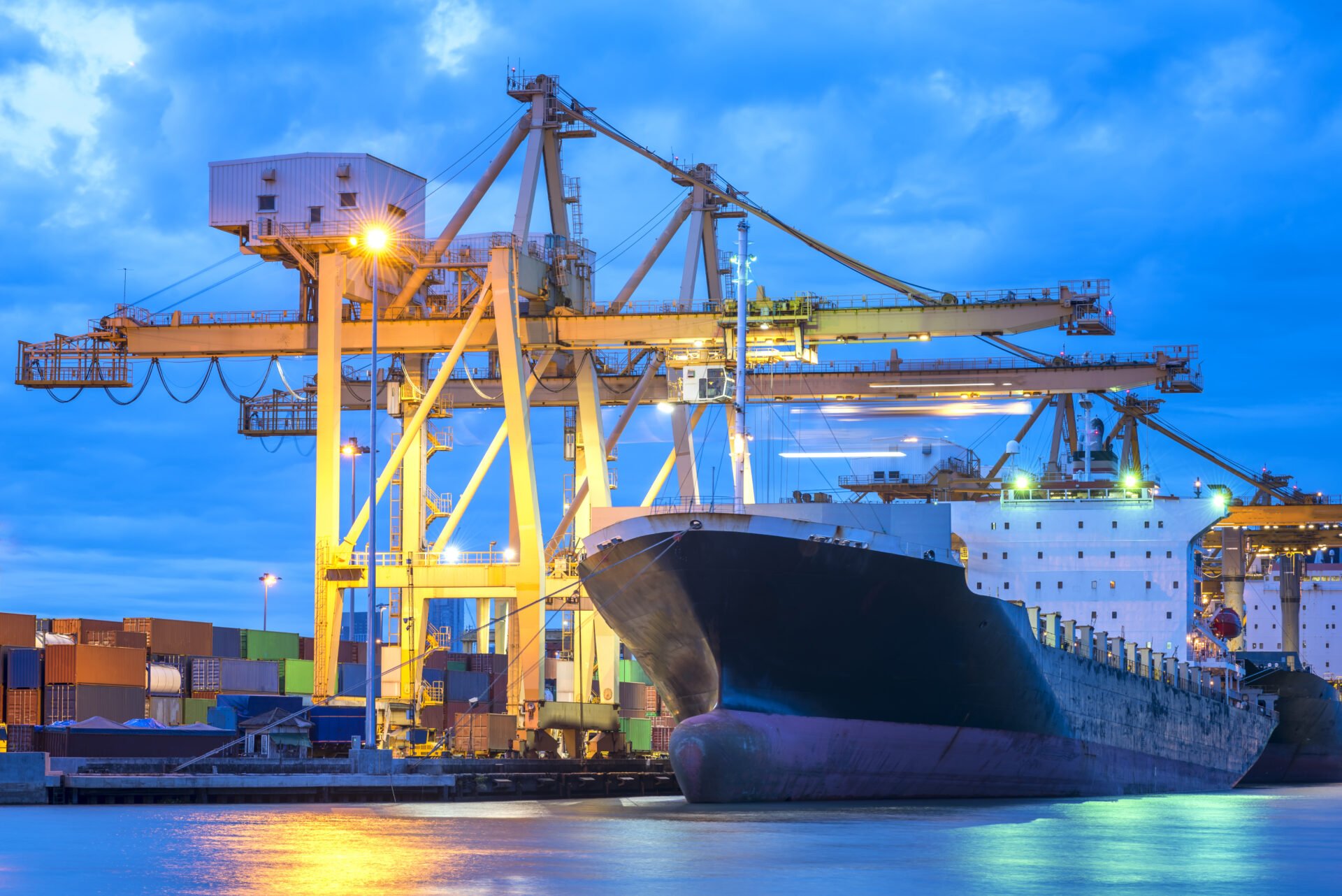By Redação PortalPortuario
The dredger Galileu Galilei is already carrying out the dredging of Babitonga Bay. The R$ 333 million project, which began this weekend and is considered the largest dredging project currently underway, plans to deepen the access channel to the ports of Itapoá and São Francisco do Sul from 14 meters to 16 meters, allowing the entry of larger ships.
Part of the dredged sediments will be used to widen 8 kilometers of Itapoá Beach, next to the channel, whose sand strip could reach 200 meters. Currently, the dredger is sending the sediments to an area indicated by Ibama, offshore, called a disposal site.
In the coming days, when the 5 kilometers of pipeline are completely assembled from Pontal do Norte beach, the Galileu Galilei, which will be 400 meters from the shore, will begin the widening of the Itapoá shoreline.
The procedure is as follows: the dredger fills its internal hopper, with a capacity of 18,000 cubic meters, with sand and takes it to the pipeline, for subsequent distribution along the beach.
The works are scheduled for completion in the second half of 2026.
The project was made possible through an unprecedented partnership between the ports of São Francisco do Sul and Itapoá. For the first time in Brazil, a public port has signed a contract with a private port to carry out a project of this nature, which will be executed through a Public-Private Partnership (PPP): the public port of São Francisco will contribute R$ 33 million and the private terminal Itapoá, R$ 300 million.
The private investment will be repaid in installments until 2037, approximately 11 years after the end of the project. The reimbursement for Itapoá will be based on the additional port tariffs generated by the increase in the number of ships docking at the port and the increase in the volume of cargo handled, following the completion of the deepening project.
Increasing the channel depth from 14 to 16 meters will allow the docking of vessels up to 366 meters in length. Thus, Babitonga becomes the first port complex in Brazil with the capacity to receive ships of this size, with maximum cargo.
The companies Geplan and Prosul were selected, through a public tender, to supervise the work, at a cost of R$ 9 million. In addition to monitoring all stages of the work, they will be responsible for conducting a detailed analysis of each phase, including the compatibility of the sediments deposited on the beach, as well as supervising the topographic modeling of the area to be widened.
The companies will also monitor the aquatic part of the project, ensuring that the depth and width specifications of the access channel are carried out according to the planned technical specifications.
An innovative feature of the project is the destination of the sediments removed from the sea, as 6.5 million cubic meters of sand will be used to widen the Itapoá shoreline (more than half of the dredged material, which is 12.5 million cubic meters).
The objective is to widen 8 kilometers of the city’s sand strip, in what is considered the largest beach widening project in the country’s history in terms of length. It will also be the first time in Brazil that sediments from a port dredging will have this destination.




